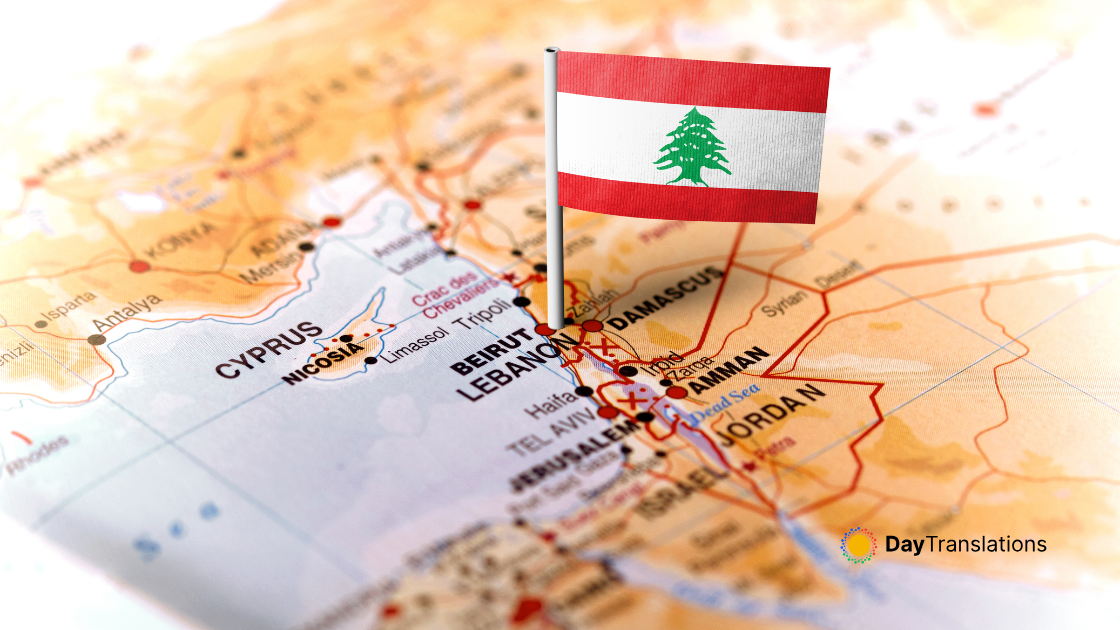Geography of Kenya: Important Geographical Information about Kenya
In this Country Profile
Kenya is almost dissected by the equator vertically and horizontally, only missing it by 38 degrees, with its geographic coordinates being 1° 00’ north and 38° 00’ east. The country is located in East Africa, with land boundaries totaling 3,477 kilometers. The longest land border of Kenya is with Uganda, which is 933 kilometers long. Eight hundred and sixty one kilometers separate Kenya from Ethiopia, while its shared border with Tanzania is 769 kilometers in length. Somalia shares borders with the country for 682 kilometers and 232 kilometers with South Sudan. Kenya has a coastline along the coast of the Indian Ocean that runs for 536 kilometers.
It has a total area of 580,367 square kilometers, which is equivalent to 224,081 square miles. A large part of the country, or 569,140 square kilometers or about 219,750 square miles is land while the rest, a total of 11,227 square kilometers or 4,335 square miles are covered by water.
Diverse defines the geography of this East African country. Near its coastline are swamps filled with East African mangroves, ecoregions that are characteristic of those mangrove swamps along the coast of the Indian Ocean. Several hills and plains are seen in the inland areas of Kenya whereas the Kenyan Rift Valley, which is home to Mount Elgon and Mount Kenya characterize the Western and Central parts of Kenya. The Kakamega Forest found in the western section of the country is a remnant of an East African rainforest of long ago. Kenya also has one of East Africa’s largest forest complexes in Mau Forest. The Great Rift Valley bisects the country’s terrain that dips and rises. Its highest point is Mount Kenya that is 5,199 meters tall and is one of the highest mountains in Africa. Its lowest point is level with the Indian Ocean in the southeast.
The country’s geology in its western section is of rift tectonics and volcanism from the East African Rift, where some of the active and dormant volcanoes in Africa and neighboring countries are located. The northern part of Kenya is supplied by water from Mt. Kenya by the Ewaso Ng’iro River that rises on the western side of the mountain. Two other main rivers in Kenya are Tana and Galana.
Climate in Kenya
The country of Kenya experiences different climate variations due to its location, as well as your own location in the country at certain times. Along the coast, the climate is tropical with higher annual temperatures and regular rainfall. The further you go inside the country, the drier and hotter the climate turns. The temperature changes continuously depending on the time of day or night. Generally the daytime temperature in most places in the country is 12 °C or 53.6 °F.
The elevation of Kenya is a very important factor in the temperature changes and weather patterns in the country. In the higher areas, the temperature average is about 11 °C or 20 °F morning and evening while those areas that are about a mile high have temperature averages that range between 10 °C to 26 °C or 50 ° F to 79 °F. In Nairobi, the average temperature is between 9.4 °C to 26.7 °C, which is equivalent to 49 °F to 80 °F. Kitale, which is higher than Nairobi, usually experiences temperatures that range from 10.6 °C to 27.8 °C, or about 51 °F to 82 °F. Nighttime temperatures are very different, ranging between 10 °C to 12.2 °C or 50 °F to 54 °F, Thick clothes and blankets are needed if you want to feel snug and warm while you sleep.
In areas that are lower in altitude, the temperatures are higher during the daytime. The high temperatures of the highlands are duplicated in the lower plains when the sun sets. This type of temperature though is not applicable to Mombasa where the cooling breeze from the Indian Ocean keeps the prevailing temperature several degrees lower during the day.
Kenya, despite its nearness to the equator has seasons that are similar to the Southern Hemisphere. The warmest months during summer are February to March while July and August are the coolest winter months, although the dip is temperature reading is only slight.
Snow falls in Kenya, at least on the highest points of the country, that is. However, be on guard if you are going to visit Mount Elgon, Mount Kenya or even Mount Kilimanjaro as the weather on these parts is extremely cold almost year-round.
:: References ::
http://international.iupui.edu/kenya/resources/Geography-of-Kenya.pdf
http://en.wikipedia.org/wiki/Geography_of_Kenya

Sorry, the comment form is closed at this time.